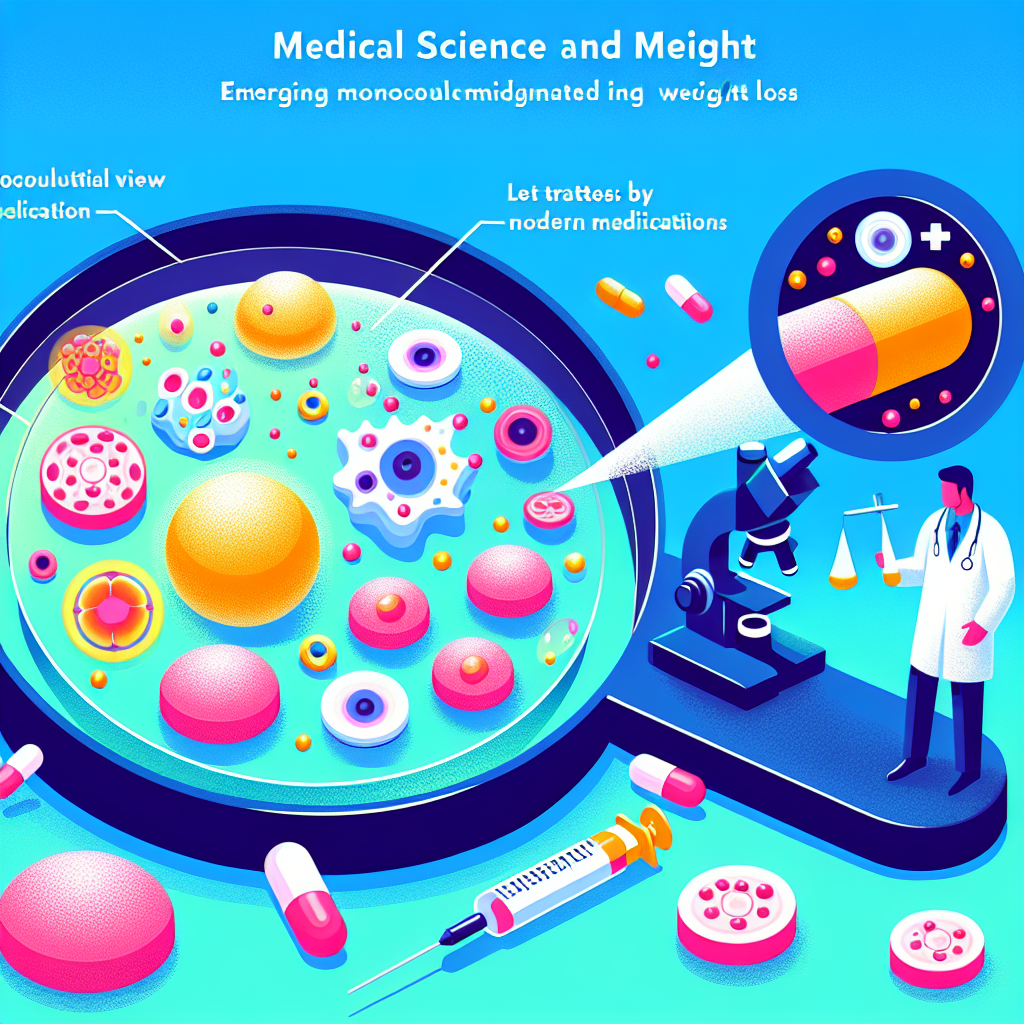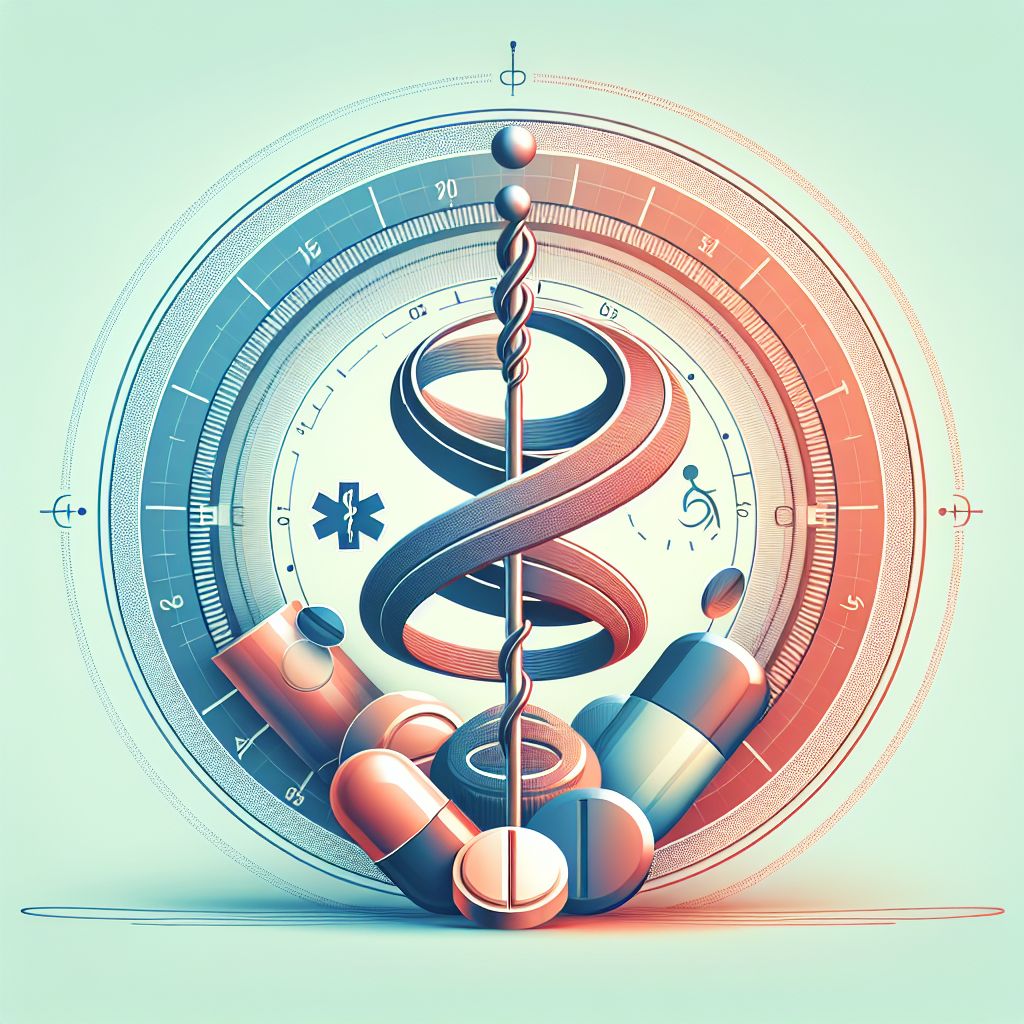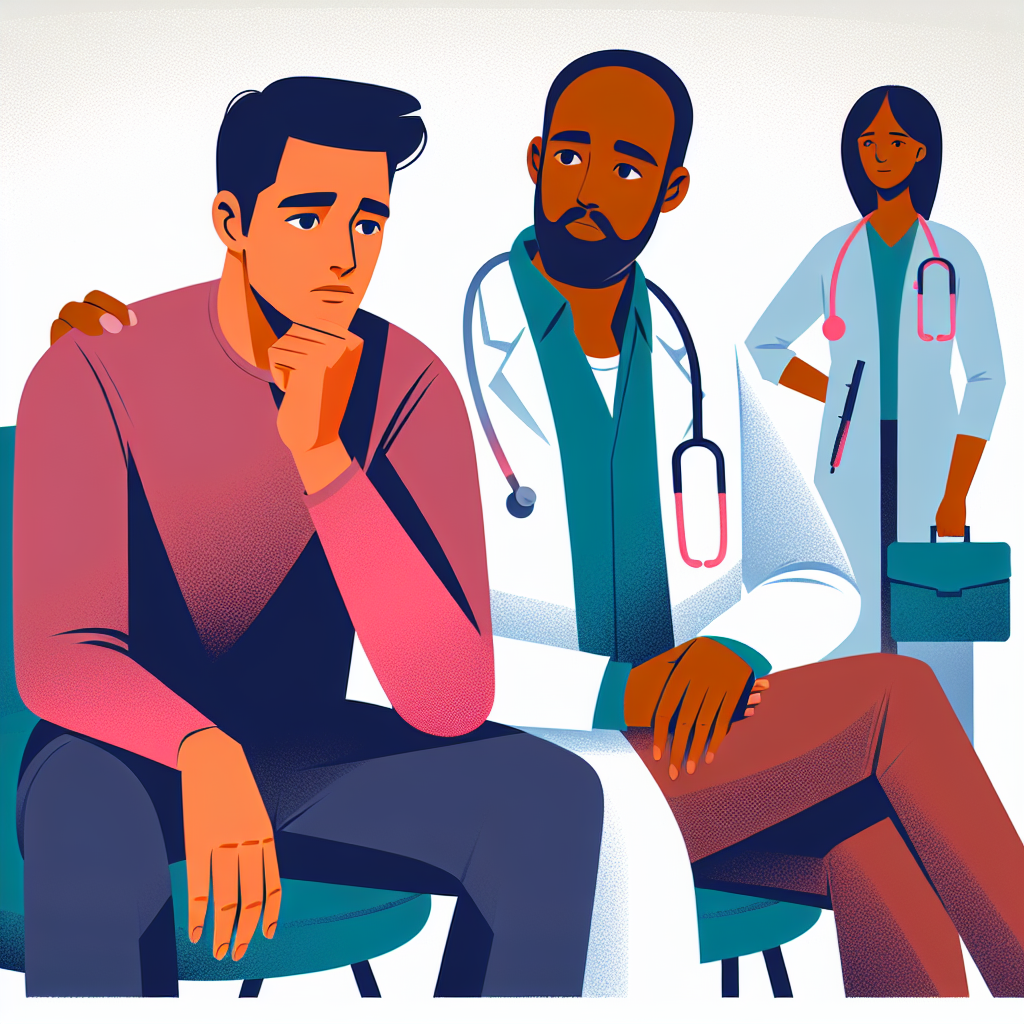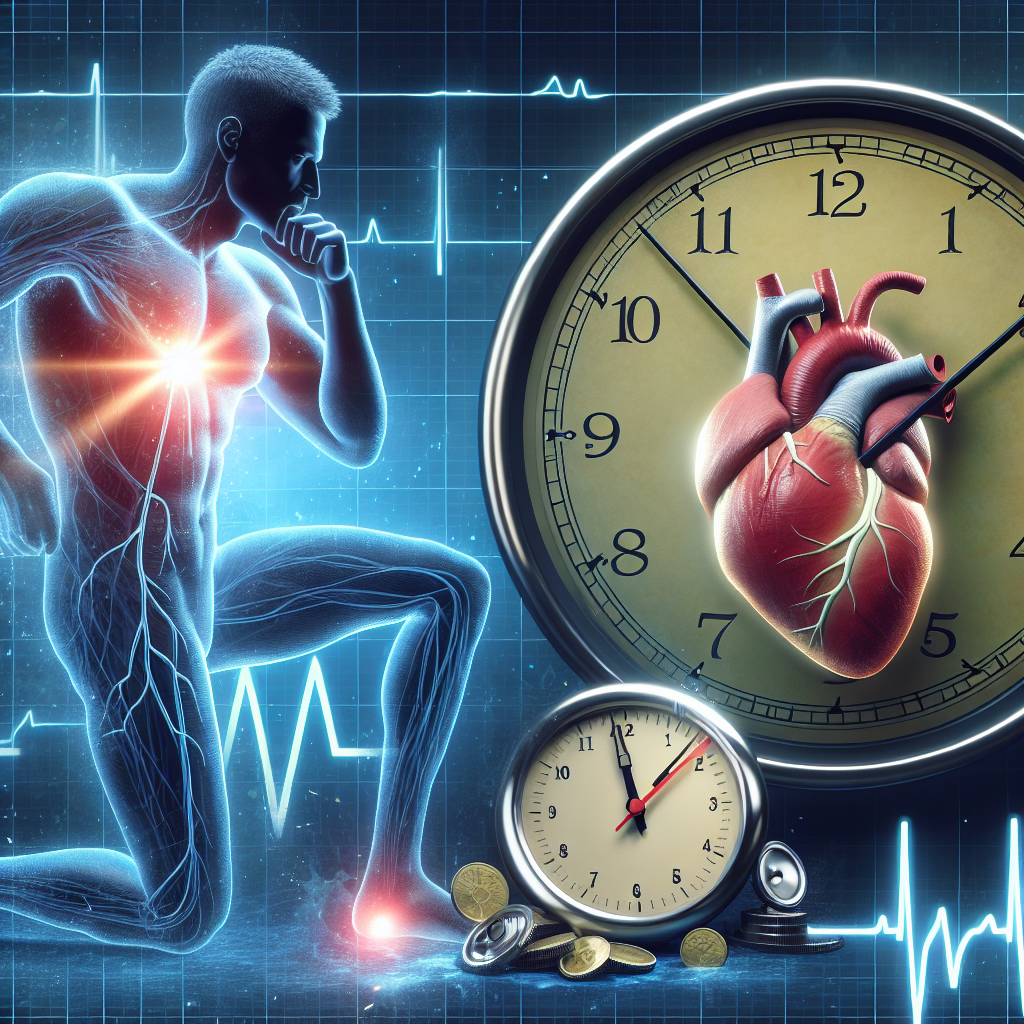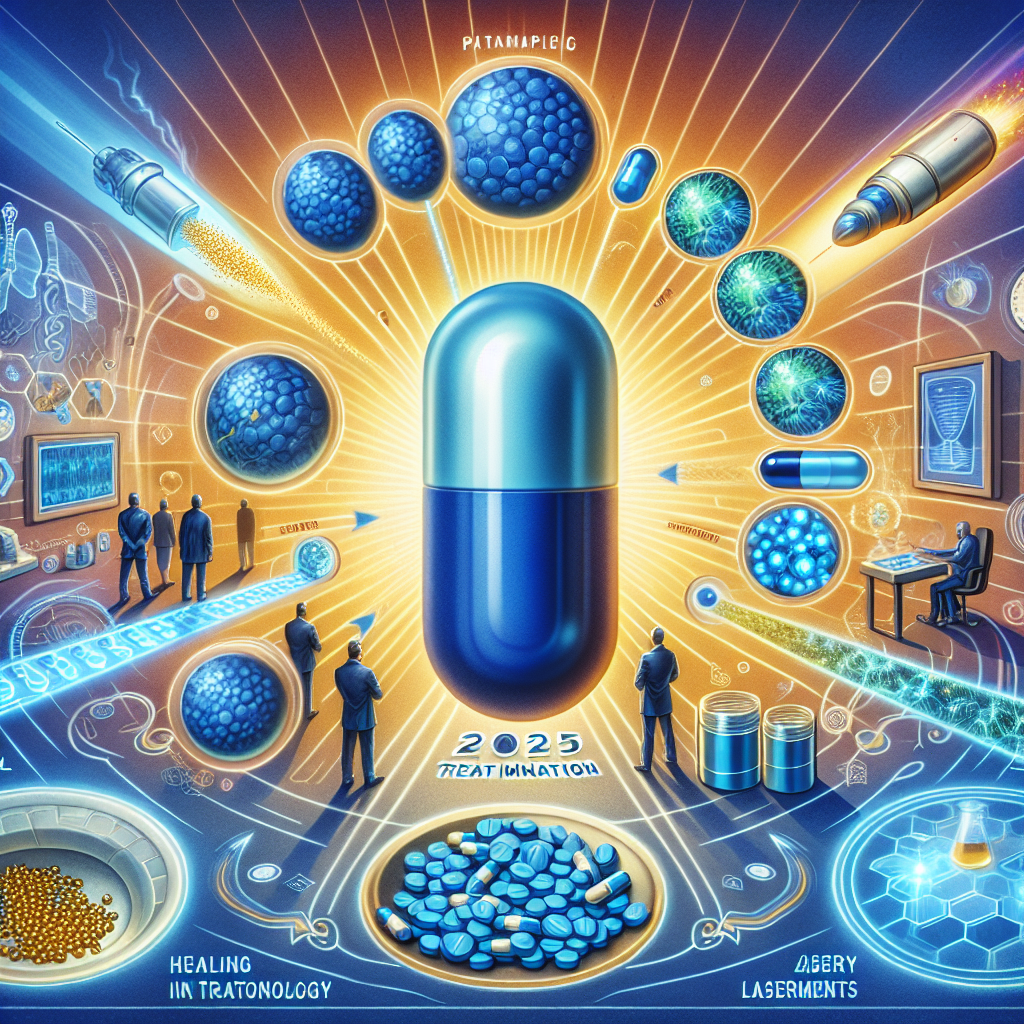A Modern Approach to Medical Weight Loss
Medical weight loss has come a long way from simple calorie counting and trendy diets. Today, it represents a science-based and personalized strategy, especially for individuals who have found limited success through traditional weight loss methods. Grounded in clinical research, these treatments use FDA-approved medications that target fat metabolism at the molecular level, offering achievable, long-term results by working with the body’s natural biological processes.
“Weight loss isn’t just about willpower—it’s often rooted in biology,” explains Dr. Janine Harper, an endocrinologist focused on metabolic health. “Modern medications address biological barriers that make losing weight incredibly difficult for many.”
Let’s explore the science behind these treatments and learn how they help reduce fat, control appetite, and improve overall health.
The Role of Fat Cells in Weight Loss
Before diving into how weight loss medications work, it’s important to understand fat cells—also known as adipocytes. These cells store energy as triglycerides and significantly influence our hormone levels, metabolic rate, and inflammation processes.
When you consistently consume more calories than you burn, fat cells expand and multiply. Weight loss does not eliminate these cells, but rather shrinks them by utilizing their stored energy. This is where prescription medications come into play.
Drugs like GLP-1 receptor agonists help the body access fat reserves by suppressing appetite and enhancing fat metabolism. Many individuals experience a visible reduction in stubborn belly fat as their body composition improves.
Key Fact: Research published in Nature (2021) states that a 3,500-calorie deficit typically results in about one pound of fat loss, assuming a consistent metabolic response.
How Hormones Regulate Hunger and Weight
Appetite and weight management are strongly influenced by several key hormones. When these hormones are out of balance, even a healthy diet and regular exercise may not yield results.
Important hormones include:
– Leptin: Produced by fat cells; signals the brain to reduce appetite when energy stores are adequate. Low sensitivity to leptin can result in persistent hunger, despite excess body fat.
– Ghrelin: Referred to as the “hunger hormone”; levels rise before meals and increase during weight loss, intensifying cravings.
– Insulin: Regulates blood sugar and fat storage. Chronic elevation can lead to fat accumulation, especially around the abdomen.
In many individuals dealing with obesity, these hormonal signals become distorted, leading to increased appetite, decreased fullness, and inefficient metabolism. Medications like semaglutide (Ozempic, Wegovy) help correct these imbalances, making weight loss more attainable.
Statistic: According to the CDC (2022), 73.6% of U.S. adults are overweight, with hormonal disruption playing a significant role for many.
GLP-1 Receptor Agonists: Transforming Medical Weight Loss
One of the most effective medication classes for weight loss is GLP-1 receptor agonists, which include:
– Semaglutide (Ozempic, Wegovy)
– Liraglutide (Saxenda)
These medications replicate the GLP-1 hormone, naturally found in the body, which influences key weight-management functions such as:
– Slowing digestion to promote prolonged fullness
– Reducing appetite through signals in the brain
– Boosting insulin secretion and managing blood glucose, leading to reduced fat accumulation
“GLP-1 medications have transformed evidence-based weight management,” says Dr. Laura Benson, a specialist in metabolic health. “Patients often experience 10 to 15 percent weight loss within a year under medical supervision.”
Clinical Data: A 2021 New England Journal of Medicine study found patients using semaglutide lost an average of 14.9% of their body weight—dramatically more than those in placebo groups.
Impact of GLP-1 Medications on Fat Cells
Though GLP-1 medications primarily act through the gut and brain, their effects on fat metabolism are powerful and far-reaching. These medications help by:
1. Increasing fat oxidation: Reduces hunger and stabilizes insulin, prompting the body to use stored fat for energy.
2. Reducing lipogenesis: Enhances how the body processes sugars, minimizing the storage of excess fat.
3. Improving fat cell function: Decreases inflammation and improves circulation, especially beneficial for those with insulin resistance.
Example: Patients with insulin resistance and abdominal obesity may notice significant improvements in waist circumference, glucose levels, and inflammatory markers within a few months of starting treatment.
Alternative FDA-Approved Weight Loss Medications
While GLP-1 receptor agonists are highly effective, other FDA-approved options are available for chronic weight management, such as:
– Bupropion/Naltrexone (Contrave): Influences brain chemistry to reduce food cravings and emotional eating.
– Phentermine/Topiramate (Qsymia): A stimulant-based combination that suppresses appetite and boosts energy.
– Orlistat (Alli): Blocks fat absorption in the digestive tract, lowering the calorie count from dietary fat.
These alternatives may benefit individuals who cannot tolerate GLP-1 treatments or have different health considerations. Speak with a physician or licensed telehealth provider for a personalized strategy.
Expert Note: The Obesity Medicine Association states that combining medications with lifestyle changes leads to greater and more sustainable weight loss than non-medicated approaches alone.
The Future of Weight Loss: What’s on the Horizon
Emerging therapies are exploring how to activate and convert metabolically active fat for weight loss. Brown fat, for instance, burns calories to produce heat—a function researchers hope to leverage for fat reduction.
Innovative developments in the pipeline include:
– Gene-editing techniques to boost metabolic rates
– Medications targeting the microbiome to adjust gut hormone levels and improve fat absorption processes
These next-generation technologies offer a glimpse into the future of highly personalized and effective obesity treatments.
Source: Stanford Medicine (2022) — “Brown Fat: A Hot Topic in Obesity Research.”
Are You a Candidate for Medical Weight Loss?
Medical weight loss isn’t a magic pill, but for many individuals, it offers the essential support needed when diet and exercise fall short. These programs typically include:
– Professional health evaluations
– Customized nutrition and fitness plans
– Continuous guidance from credentialed providers
Dr. Aisha Monroe, an obesity medicine expert, notes, “Almost half of Americans attempt weight loss yearly, but few succeed without medical intervention. Treatment fills that critical gap.”
Think medical weight loss might work for you? Consider scheduling a virtual consultation to explore evidence-based treatment options.
Final Thoughts: A New Chapter in Weight Loss and Health
We are entering a transformative era in health and wellness. Modern weight loss medications such as GLP-1 receptor agonists and combination therapies go beyond the surface—they help balance hormones, reduce disease risk, and improve emotional well-being.
Safe, guided medical treatment makes long-term weight control more possible now than ever. Whether through current pharmaceutical tools or breakthroughs on the horizon, scientifically backed weight loss is within reach. Don’t wait—take your first step and explore your options for a healthier future.
References
1. Wilding, J.P.H. et al. “Once-Weekly Semaglutide in Adults with Overweight or Obesity.” New England Journal of Medicine, 2021. https://www.nejm.org/doi/full/10.1056/NEJMoa2032183
2. Mayo Clinic Staff. “Obesity: Why Losing Weight Is More than Just Willpower.” Mayo Clinic, 2023. https://www.mayoclinic.org
3. Centers for Disease Control and Prevention. “Adult Obesity Facts.” CDC, 2022. https://www.cdc.gov/obesity/data/adult.html
4. Stanford Medicine. “Brown Fat: A Hot Topic in Obesity Research.” 2022. https://med.stanford.edu/news/all-news/2022/03/brown-fat-research.html
5. Obesity Medicine Association. “Medications for Obesity Treatment.” 2023. https://obesitymedicine.org/obesity-treatment/medications/
6. edrugstore.com – FDA-approved weight loss medications and telehealth services. https://www.edrugstore.com


